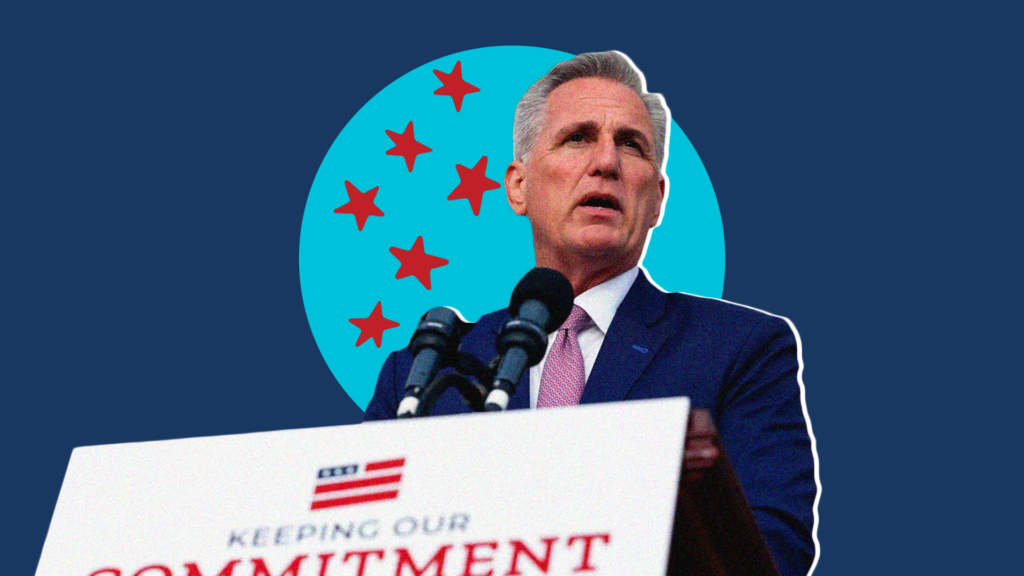No More Excuses
© 2002 Copley News Service, 11/25/2002
It’s no secret that I have supported accelerating the phase-in of President George W. Bush’s tax cuts or that I have enthusiastically advocated relief from the double taxation of dividends. I also am on record supporting shorter depreciation schedules in general and 100 percent first-year write-off of investment in plants and equipment by telecom and technology firms, not to mention lower capital gains tax rates.
But you don’t have to share my enthusiasm for tax rate reductions to question whether it is fair, economically efficient or in any way morally acceptable for the federal government to collect 28 percent of its individual income tax revenue accounting for almost 50 percent of total federal tax revenues from a minuscule 0.5 percent of taxpayers (553,380 individuals), which works out to an infinitesimal 0.4 percent of all working adults.
Is it fair or in any sense reasonable for only 5 percent of taxpayers to pay more than half the revenues or to exempt 13 percent of all workers from paying any federal income tax whatsoever, making them largely indifferent to the level of tax rates and, in effect, giving them a political veto over tax-rate reductions on the grounds that none of the tax cuts go to (nor could they possibly go to) those on the bottom of the economic ladder? Yet this is precisely what our current income tax system does. Is it really right to advocate taxing the nation’s seed corn rather than taxing our annual corn consumption? Would anyone but a dyed-in-the-wool socialist advocate setting marginal tax rates (rates applied to the next dollar earned) so high that they destroy any reasonable incentive to work, save, invest and take entrepreneurial risks? Of course not. Yet that is precisely what the current federal tax system does by double-, triple-, quadruple- and quintuple-taxing the returns to saving and investment at unreasonably high rates.
According to research conducted by former Treasury economist Gary Robbins: “Almost half of capital income in America (47.5 percent) goes to taxes … and taxes on the next dollar of the returns to capital are higher yet by one-fourth (60.6 percent.)” While the federal income tax does exempt an inordinate number of workers, other federal payroll taxes and state and local income taxes are so high that, according to Robbins, a third of the labor income (33.2 percent) goes to taxes and an even higher 44.4 percent of the next dollar of labor income earned is grabbed by the taxman.
The current federal tax system is complex, confiscatory, corrupting and counterproductive. The Internal Revenue Code requires some 9,500 pages to write down, not counting the additional thousands of individual “letter opinions” issued by the Internal Revenue Service to “interpret” what all of these words mean. In many instances marginal tax rates are even higher than the averages Robbins reports, sometimes in excess of 80 percent, even approaching and exceeding 100 percent in some instances. The IRS insists it needs another $2 billion to hire 29,000 enforcers on top of the 100,000 tax cops it already employees.
The tax code has grown so burdensome and punitive that individuals and businesses routinely move themselves or their assets offshore. Based upon empirical research, the current tax code so depresses economic growth that it is reasonable to expect that if the tax system were fundamentally reformed, the annual real rate of economic growth would rise upward of a full percentage point during the first several years and then remain a half-point higher thereafter.
There is no other way to say it: The federal tax code is obscene.
What’s sad is that in the absence of politically motivated class warfare, we could fundamentally reform the tax system without doing so at the expense of the poorest among us and without reducing government’s revenues. Need proof? Look at Russia, of all places.
According to David Malpass, Bear-Stearns chief international economist, after Russia introduced a 13 percent flat income tax in 2001, followed by a reduction in the corporate profits tax rate by almost one-third (to 24 percent), tax receipts soared by 37 percent in 2001 and by 20 percent in the first eight months of 2002. Russia enjoyed record budget surplus in each of the last two years.
President Vladimir Putin’s tax reform has been so successful that more Russian tax rate reductions are on the way. The 5 percent sales tax is slated for repeal, and the 20 percent VAT tax is scheduled to fall to 17 percent. And with remarkable political alacrity, Russia’s leaders have recognized that a one-size-fits-all tax reform might create so many winners and losers who can veto the reform, that they have allowed small companies the option of paying taxes at either a flat rate of 15 percent of profits or 6 percent of total revenues.
The time has long since passed when the long-suffering American people should take seriously further congressional lamentations about why fundamental tax reform can’t happen right here, right now. Russia did it; so can America.



